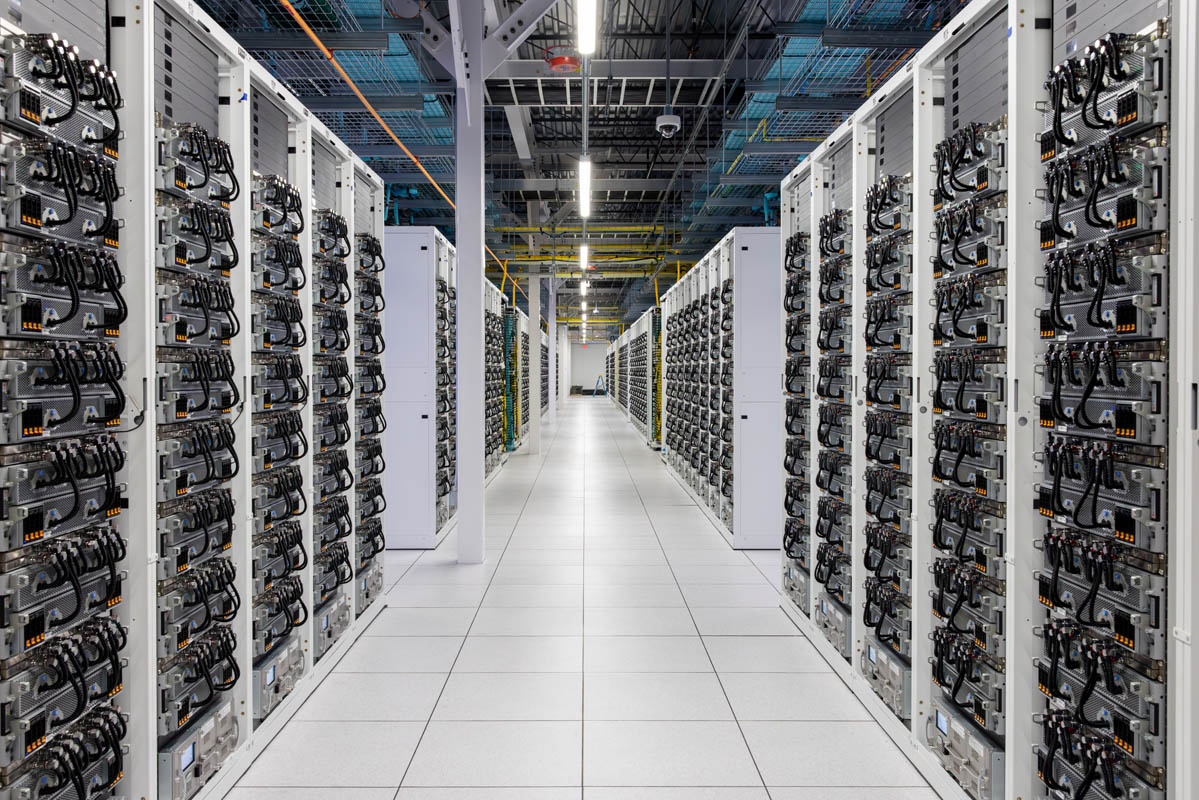AI Energy Demand Strains Grids, Impacts Ecosystems
AI's rising energy demand strains power grids and ecosystems, impacting costs and wildlife. Urgent action is needed for sustainable solutions.

The AI Energy Monster: Rising Demand Threatens Electricity Supply and Environmental Balance
Artificial intelligence (AI) is rapidly transforming industries and society, but its soaring electricity consumption is increasingly straining power grids and ecosystems, raising alarm about rising energy costs and environmental impacts. As AI workloads expand, data centers powering AI algorithms are becoming massive energy consumers — comparable to entire countries. This "AI energy monster" is coming not only for our electricity bills but also indirectly affecting natural resources, including wildlife such as salmon, due to the environmental consequences of expanded energy infrastructure.
Exploding Energy Consumption of AI Data Centers
Data centers in the United States consumed approximately 183 terawatt-hours (TWh) of electricity in 2024, accounting for over 4% of the nation’s total electricity use — roughly equivalent to the annual demand of Pakistan. This figure is expected to more than double by 2030, reaching 426 TWh, as AI's hunger for computation grows exponentially. Large hyperscale AI data centers under construction could each consume electricity equal to 20 times that of 100,000 households.
In North America, AI is the single biggest driver of electricity demand growth over the next five years, with data center energy use projected to quintuple globally by 2040. By then, AI-powered data centers could account for 12% of North America’s electricity consumption — a staggering share compared to other sectors.
The energy demands of AI are pushing data centers into geographic concentration zones that already strain local power grids. For example, in Virginia, data centers consumed about 26% of the electricity supply in 2023, with similarly high shares in North Dakota, Nebraska, Iowa, and Oregon. This concentration risks grid instability and higher electricity prices for consumers.
Rising Electricity Bills and Consumer Concerns
Consumers are increasingly worried about how AI and expanding data centers will affect their electricity bills. Surveys indicate that 80% of Americans fear data centers will drive up utility costs. Electricity demand from commercial users, including data centers, has grown annually by 2.6%, outpacing residential growth, which is only 0.7% annually.
Data centers already consume more than double the electricity share they did in 2018 in the U.S., and this trend is expected to accelerate, with forecasts projecting data centers will consume between 6.7% and 12% of U.S. electricity by 2028.
While renewable energy sources like solar and wind are being rapidly deployed to meet this growing demand, the pace may slow due to potential political and regulatory changes. The possible repeal of parts of the Inflation Reduction Act could hamper renewables’ growth, potentially exacerbating reliance on fossil fuels and raising energy costs.
Environmental Impacts: From Electricity to Ecosystems
Beyond energy bills, the AI energy monster also threatens natural ecosystems. The expansion of electricity infrastructure to meet AI demands often involves increased hydroelectric power generation or fossil fuel use, which can disrupt aquatic habitats. For example, hydropower dams, critical for clean electricity, can harm salmon populations by altering river ecosystems and blocking migratory paths.
The Seattle Times highlighted concerns that AI-driven energy consumption is indirectly putting pressure on salmon habitats in the Pacific Northwest, a region heavily reliant on hydroelectric power. As demand for electricity surges, utilities may need to increase generation capacity, potentially leading to more dam operations or other environmental trade-offs impacting fish populations.
Industry and Corporate Responses
Leading tech companies recognize the energy challenge. Microsoft CEO Satya Nadella recently admitted the company lacks sufficient electricity to power all its AI GPUs, leading to unused hardware inventory. This reflects broader supply chain and energy infrastructure constraints faced by the AI sector.
To mitigate environmental and energy impacts, many companies are investing heavily in renewable energy. Large-scale solar farms and grid-scale batteries are increasingly powering data centers, offering modular and scalable energy solutions that can be brought online quickly, sometimes even before data centers are completed.
However, experts warn that AI's exponential growth in power demand may eventually shift from exponential to a more linear increase, but the absolute energy consumption will remain enormous, necessitating urgent innovation in AI efficiency and clean energy deployment.
Context and Implications
The AI energy monster embodies a critical paradox of the digital age: while AI promises enormous societal benefits through automation, innovation, and discovery, its ecological and economic footprint is growing rapidly. The surge in electricity demand from AI data centers threatens to increase carbon emissions, drive up costs for consumers, and place stress on natural ecosystems through expanded energy infrastructure.
Addressing this challenge requires coordinated action across sectors:
- Accelerating renewable energy deployment to power AI sustainably
- Innovating energy-efficient AI algorithms and hardware
- Enhancing grid infrastructure to manage concentrated load growth
- Balancing energy generation with ecosystem preservation, especially in sensitive regions like the Pacific Northwest
Without such measures, the AI energy monster could become a formidable obstacle to both technological progress and environmental stewardship.


